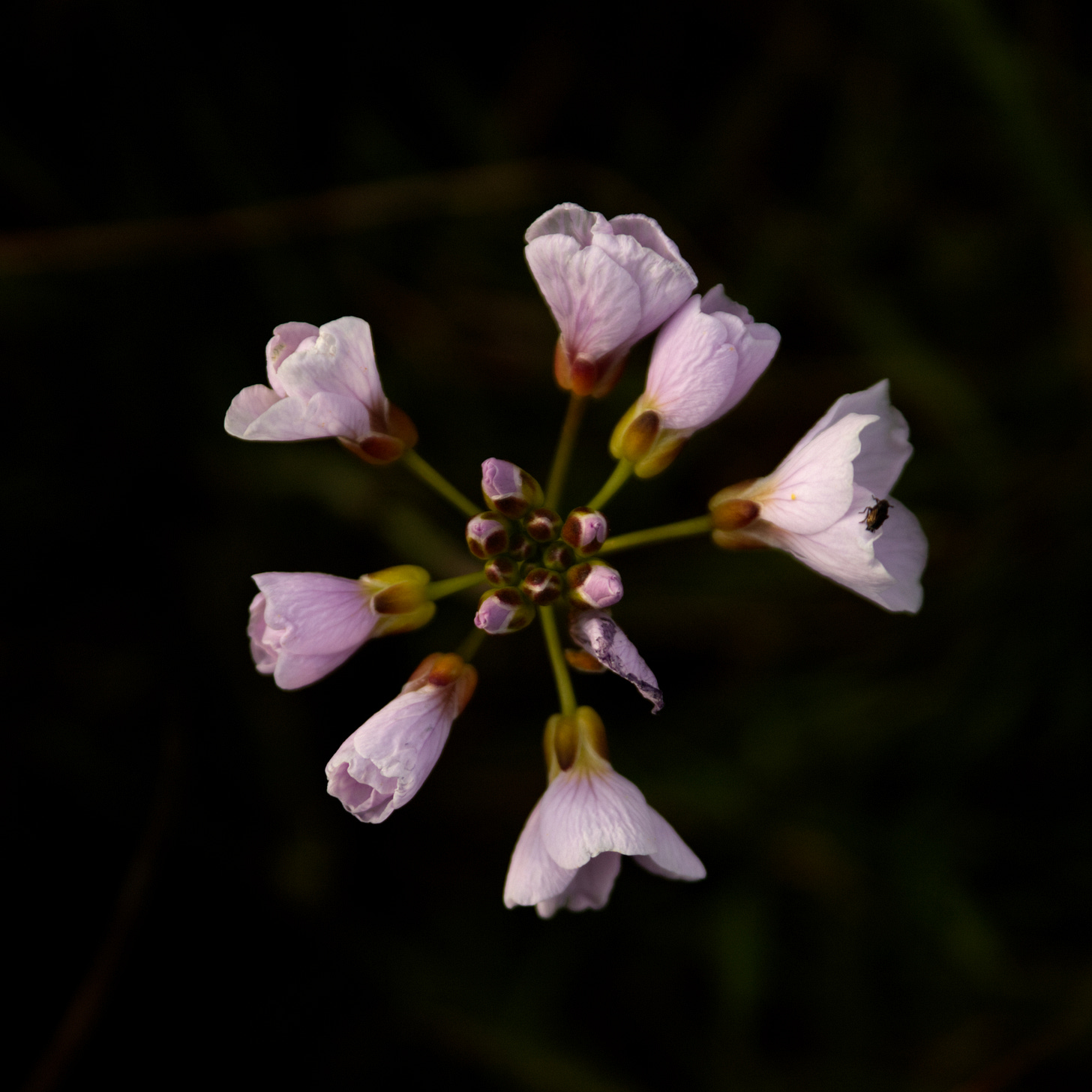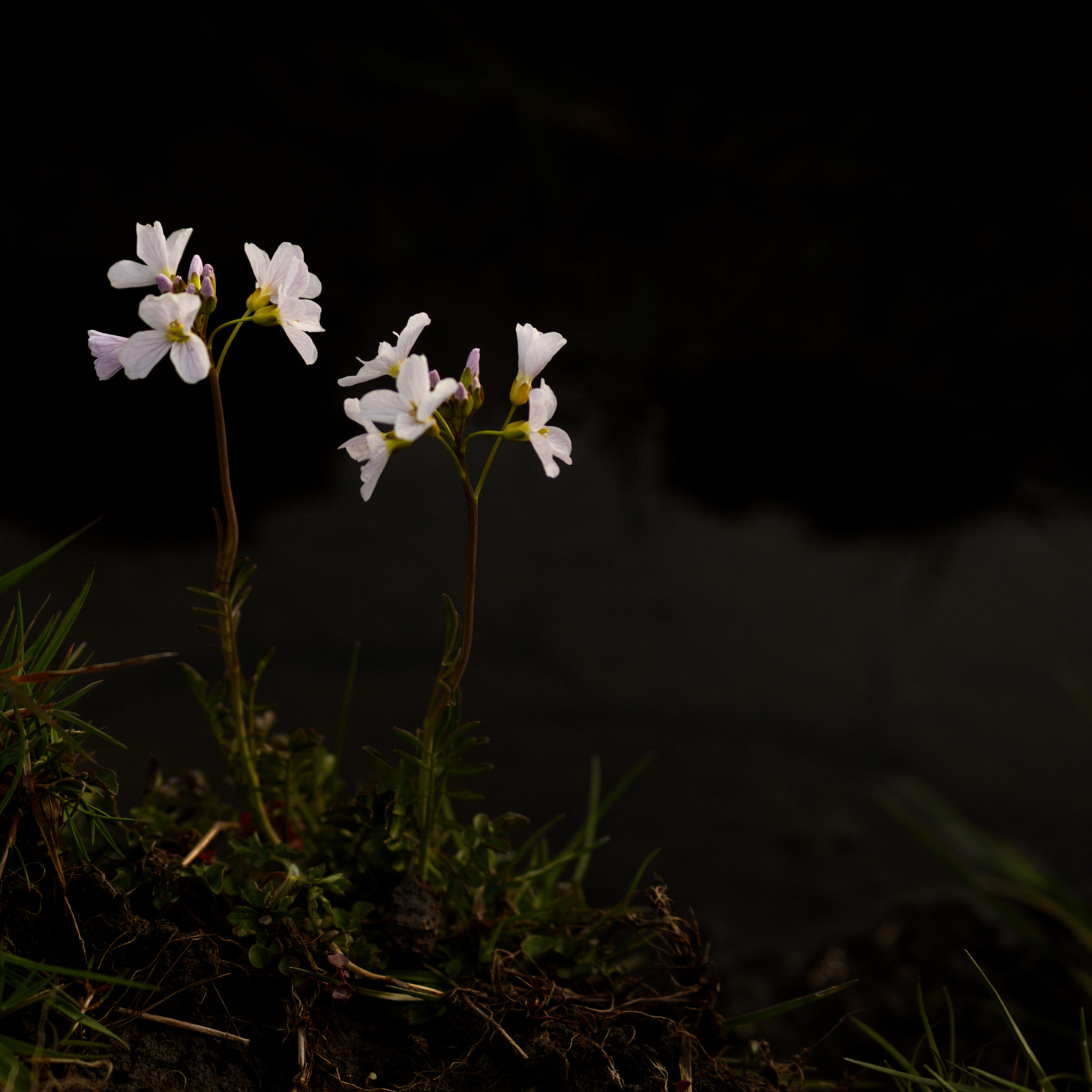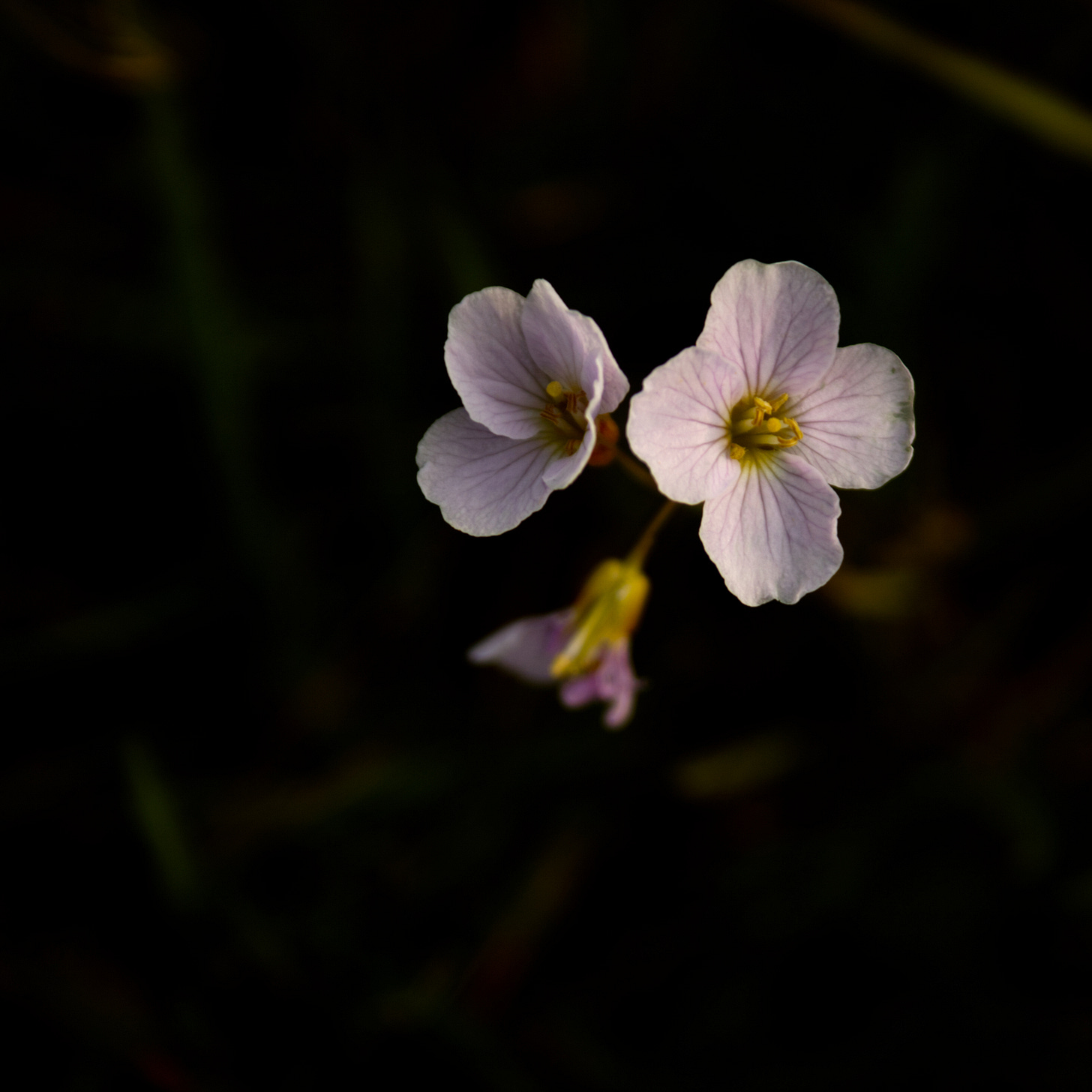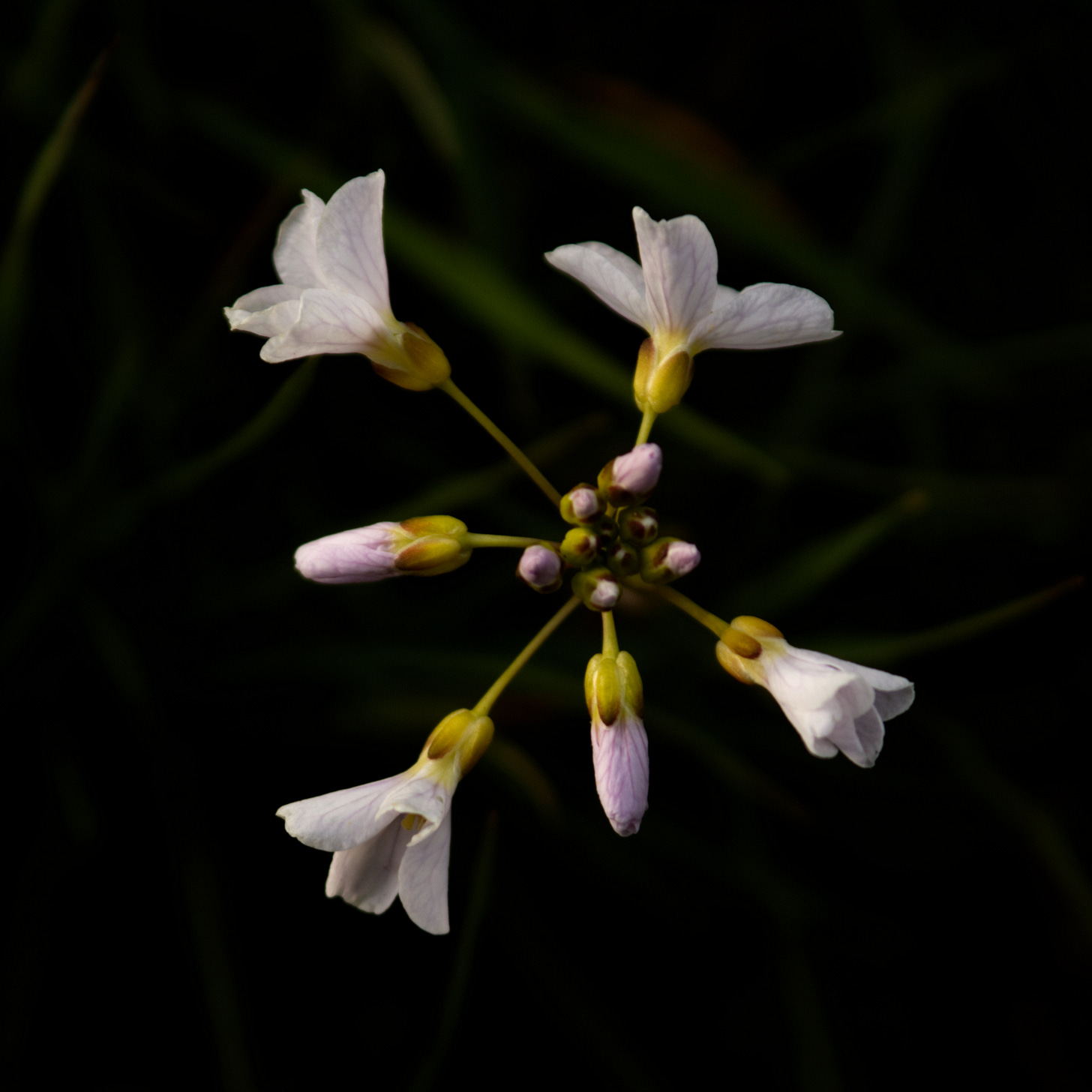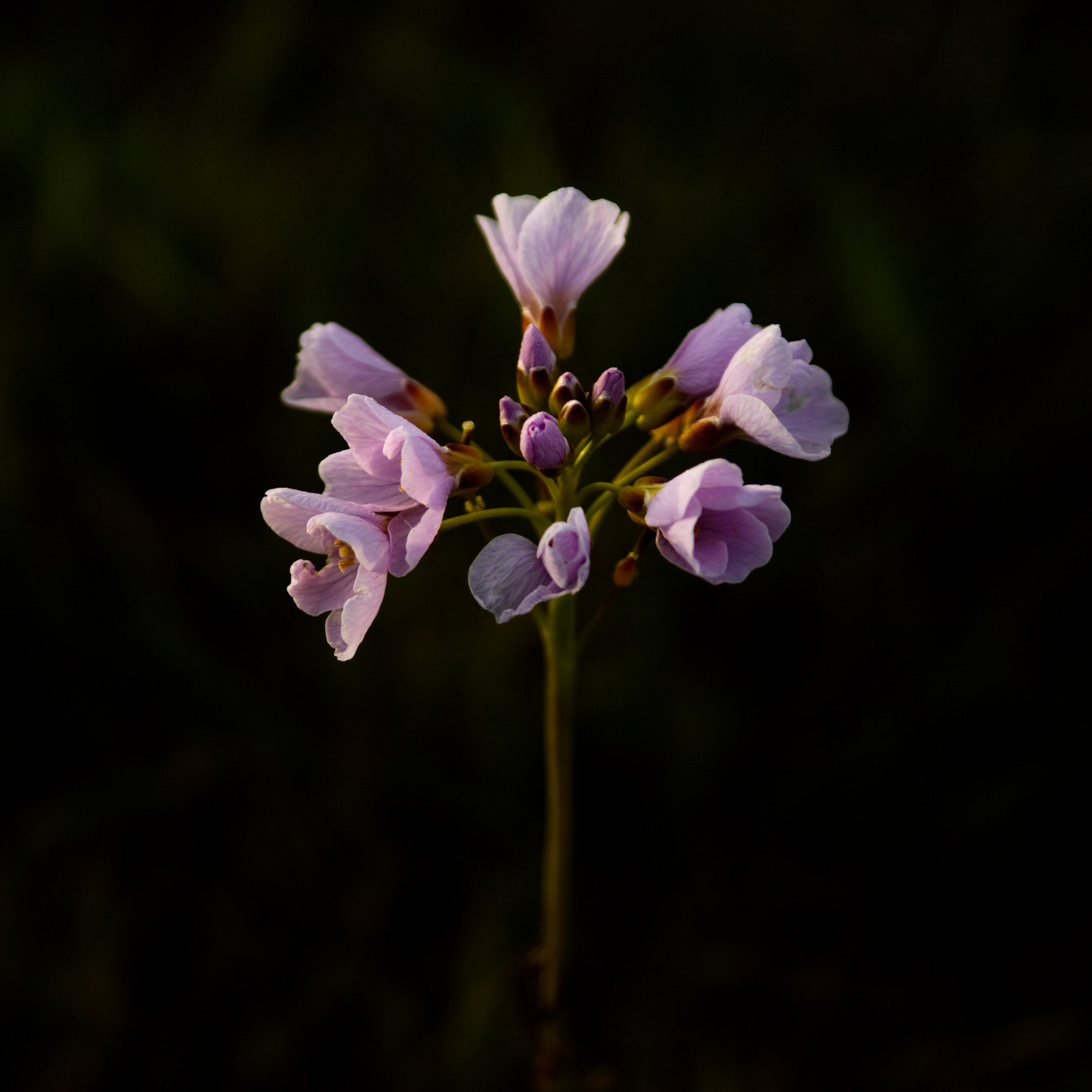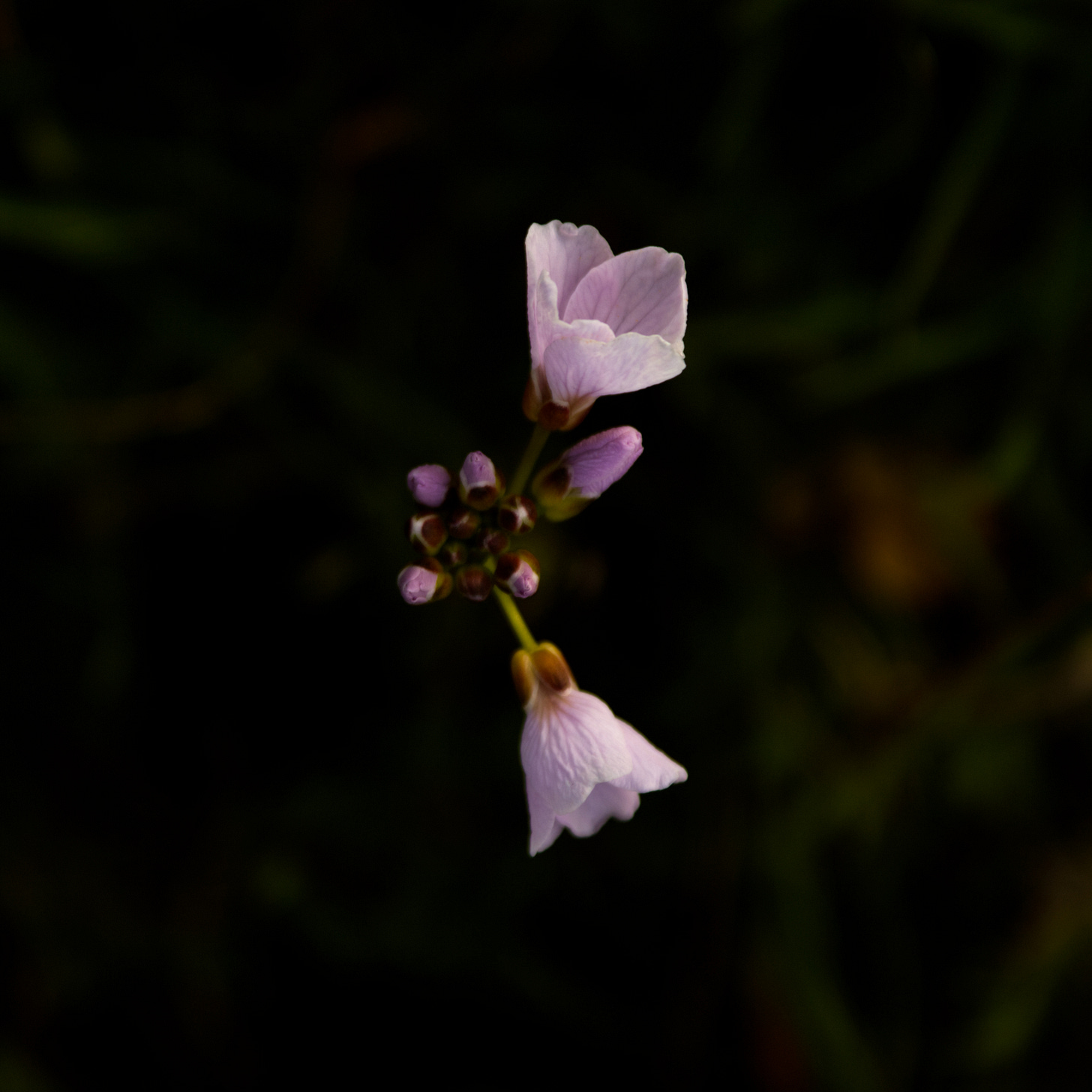The Cuckoo Flower / Blodyn y Gog: Let it Sing for a Long Time to Come
A Welsh exploration of the wildflower in Cymru and its relationship with the elusive herald of spring, by Esther Williams
English name: Cuckoo Flower, Lady’s Smock
Welsh name: Blodyn y Gog
Scientific name: Cardamine pratensis
Not so long ago, there was a sound that signalled the start of spring. As the days lengthened and the air warmed, the fresh faces of flowers were accompanied by a simple song; two notes, repeated again and again. It was the call of the cuckoo. Arriving from its winter residence in Africa, the sound was eagerly anticipated amongst Welsh folk, leading to a long list of superstitions and beliefs concerned with when and where you heard your first cu-koo, and the bird’s ability to foretell fates and fortunes for that year.
Throughout April you would never leave the house without coins. If you heard your first cuckoo song with empty pockets, they would remain empty all year. Tossing a coin into the air would ensure good fortune and prosperity, and it was lucky to give a penny to children following the bird’s arrival. At the sound of the first bird’s call, if you should take off a shoe and find a hair on the foot of your stocking, it would match that of your future husband’s. If you had lost your way, a cuckoo could lead you home by following its voice - and if the bird flew across your path while singing, this signalled a change in abode; the new home lying somewhere in the direction of its flight.
Considered sacred, it was customary in spring to ask all you encountered, ‘Have you heard the cuckoo?’ Believed to arrive in the same place each year, in Wales this was often the hill tops that overlooked towns and villages.
Cynta’ lle y cân y cogydd,
Yw y fawnog ar y mynydd.
The place where first the cuckoo sings,
Is by the peat pits on the hills.
The birdsong could foretell the fate of the land too. As an omen of a dry, barren year:
Os cân y gôg ar ddrain-llwyn llwm,
Gwerth dy geffyl a phryn dy bwn.
If the cuckoo sings on a hawthorn bare,
Sell thy horse, and thy pack prepare.
As a sign of abundant hay crops to come:
Mis cyn Clamme cân y côge,
Mis cyn Awst y cana’ inne
If the cuckoo sings a month before May-day,
I will sing a month before August
And indicating an early summer:
Mis cyn Clamme cân y côge,
Mis cyn hynny tyf mriallu
If the cuckoo sings a month before May-day,
Primroses will grow a month before that time.
Sprouting in damp grass, the stems of the Cuckoo Flower curve upwards towards the light. As it grows it forms tiny rows of oval leaves and pinkish buds that open into pale lilac or white flowers, with networks of purple veins spreading through the petals. The cruciform flowers hang limply from the stem or sit upright, like bowls of offerings in the sun.
Cardamine pratensis is an edible wild plant in the Brassicacaea family. The flowers bloom from April to June, and, along with the leaves, taste mildly of cress or mustard. Up to 50 cm tall, the plant is widespread and abundant clusters of flowers can be seen bobbing in boggy meadows, along riverbanks and roadside verges.
A host of Welsh names for Cardamine pratensis reflect the long-lived relationship with Cuckoos: Blodyn y Gog; Cuckoo Flower, Blodau’r Gwcw; Cuckoo’s Flowers, Blodau’r Cegid Bychain; Little Cuckoo’s Flowers, Blodau’r Gethlydd; Songbird’s Flowers, and the especially charming Esgidiau a Hosanau’r Gog; translating to Cuckoo’s Boots and Stockings - the whiter flowers assigned as the stockings, and the lilac blooms the boots. Another popular name for the plant is Lady’s Smock, due to the way the petals droop, resembling smocks hung out to dry. The Welsh Ffedog y Forwyn, is similar, translating to ‘Maid’s Apron’.
Further Welsh names take on an agricultural theme, with Lleaethferch, Milkmaid; Llaethllys, Milkwort, and Llaethwraig, meaning either Dairymaid, or a cow that yields good milk. Likely inspired by the colour of the whiter flowers, these names may also indicate deeper associations with dairy cows and milking. ‘Lady’s Milk-Sile’, a name used in Gloucestershire, describes the way the shape of the flowers resemble a tin sieve used to strain milk.
‘Cuckoo Spit’, another moniker from Gloucestershire - Poer y Gog in Welsh - refers to the blobs of foam that appear on the plant, once believed to be the spit of a Cuckoo flying overhead, and considered unlucky. This foam, found on many plants in spring, is actually a protective coating produced by nymphs of the Froghopper Beetle, also known as Spittle Bug.
In addition to plant nomenclature, the Cuckoo has been absorbed into everyday Welsh vernacular. The phrase fel y gog, literally translating to ‘like the cuckoo’, means to be in high spirits. Mor effro â’r gog, translates to ‘as wakeful as the cuckoo’, meaning to be wide awake, while canu cywydd y gwcw means to harp on the same theme, literally translating as ‘to sing the cuckoo’s song’. Ceirch y gog, means ‘cuckoo oats’ - a term for late-sown oats, as in oats sown after the cuckoo’s arrival.
A recurring character in literature and art through the ages, the Cuckoo is a central component of the medieval Welsh poem Claf Abercuawg, ‘The Leper of Abercuawg.’ The 32 stanzas describe the grief and suffering felt by the narrator as his health deteriorates, his laments contrasted with the beauty of the natural world around him. The cuckoo’s song becomes a dual source of comfort and sadness, emblematic of the way nature endures while also painfully reminding the narrator of the joys he now struggles to appreciate.
In Abercuawg cuckoos sing
on flowering branches.
Vocal cuckoo, let it sing for a long time to come.
In Abercuawg cuckoos sing
on flowering branches.
Woe to the sick man who hears them constantly.
In Abercuawg cuckoos sing.
My heart finds it wretched
that one who has heard them does not hear them also.
I have listened to a cuckoo on an ivy-covered tree.
My clothing has become loose.
Grief for that which I loved is greater.
(English translation by Jenny Rowland)
A similarly poignant tale of loss is conveyed in the Welsh folk song 'Y Bardd a’r Gwcw’ ‘The Poet and the Cuckoo’, written by Daniel Jones, a mole-catcher who lived in Cardiganshire in the 18th century. The singer asks the Cuckoo why it’s so late in arriving: ‘So long without returning? You have been silent.’ The Cuckoo answers: ‘It was the cold wind from the north that held me back.’ It then bids farewell, solemnly declaring:
‘Before I return thousands will be lost.
Many a young girl will hang her head
Before I return to sing in the tree.’
The extent to which the Cuckoo has captured the attention of Welsh folk is notable. Why this bird in particular was such a popular herald of spring is interesting, and there are several factors that might help to explain its prominence in Welsh culture, among others.
Cuckoos have fascinated people the world over for centuries due to their unusual and distinctive method of breeding, known as brood parasitism. Female Cuckoos will secretly find and watch the nest of a certain bird - usually a Reed Warbler, Dunnock, Pied Wagtail or Meadow Pippit - their preferred host species. While the targeted host is away from the nest, she swoops in, removes one egg and lays her own in its place before swiftly flying away. As she leaves she emits a specific sound called a ‘chuckle’, intended to mimic a bird of prey, cleverly distracting the host bird and reducing their attentiveness to their own eggs and the surreptitious addition.
The key to successful egg swapping lies in the Cuckoo’s choice of host. Certain species are preferred because their eggs look very similar; a vital part of the strategy as the host birds may reject eggs if they look suspicious. The Cuckoo egg usually hatches first and the feeble chick will immediately get to work heaving the other eggs out of the nest, ensuring it’s the sole recipient of food. The host birds will continue to feed the Cuckoo chick which soon dwarfs its adopted parents. Remarkably, in order to maintain its deception given its enormous size, the call of Cuckoo chicks mimics a whole brood, tricking the parents into working harder to satisfy the appetite of the expanding imposter.
Female Cuckoos can lay up to twenty-five eggs in one season. They never see their chicks nor spend any time rearing them, which enables them to lay a high number in a short space of time, hopefully fooling many pairs of breeding Warblers or Pipits. This method of reproduction has led to the Cuckoo becoming a culturally fascinating and memorable bird; its unusual child-rearing antics also inspiring the term ‘cuckold’, historically used to describe a man with an adulterous wife, who may be raising children unaware they are not his biological offspring.
In addition to their bold methods of breeding, Cuckoos have a simple and distinctive song that’s easy to recognise, although the birds themselves are not so easy to spot. Similar in appearance to Sparrow-Hawks and Kestrels, Welsh folklore describes how Cuckoos are often heard but not seen - a bodiless voice travelling on the air - adding to their mystique. Then there is the fact they are migratory birds whose arrival and departure illustrate transitions felt in life and nature; abundance and loss, beginnings and endings, the blooming of flowers and the gathering of harvests, the fleeting months of spring.
Once a reliably ubiquitous character in the British landscape, and the inspiration behind countless tales, poems and songs, Common Cuckoos are now a red-listed species. Since the 1980’s, British Cuckoo populations have declined by 65%. The cause of this is not yet fully understood but is likely a combination of climate-induced changes to host species breeding patterns, and migration journeys becoming tougher due to loss of habitats offering food and shelter along the way.
Studies conducted by British Trust for Ornithology have tracked Cuckoos leaving Britain and arriving in the forests of the Congo to winter, following incredible overnight journeys, soaring three to five kilometres above ground and crossing the Sahara in a staggering 60 hour continuous flight, going for days without stopping to rest or eat.
Cuckoos that summer in England fare the worst in the UK as their migration routes pass through Spain and are affected by increased drought, meaning half of birds don’t survive the arduous desert crossing. This enormous loss is reflected in the 70% drop in numbers recorded in England over the last 30 years. In Wales and Scotland however, things are different. Cuckoos who summer further north and west take an alternative autumnal migration route, flying south-east through Italy where feeding conditions appear much better, as 95% of tracked birds make it to the Congo treetops for winter. This means that Welsh populations haven’t suffered quite as much as those in England, but according to the 2019 British Breeding Bird Survey, the decline since 1995 is still an alarming 29%, and in Scotland an even more concerning 54%.
These figures point to the sad truth that when asked, ‘Have you heard the Cuckoo?’ the response is more and more likely to be ‘No’, until the question becomes irrelevant and is no longer asked. While the Cuckoo Flower continues to bloom in the damp spring grass, it is rarely accompanied by its signature song. The meadows are still speckled with lilac flowers but the air is often void of the notes that gave the flower its name.
While the current state of biodiversity in Wales and beyond is dire, the names, stories and tales in the undergrowth are a reminder of the botanically and ornithologically enriched perspectives prevalent in this place just a few decades ago; lives lived in closer proximity to other beings - physically, culturally, linguistically - by those who not only saw the flowers and birds, but also the smocks, sieves, boots and stockings. Communities of people who let themselves be guided home by the call of a Cuckoo.
As previously common knowledge of wildlife wanes through generational shifts in culture, as species decline, so do species-specific ways of engaging with the world. But the opportunity to relearn, revive and reconnect remains.
Thankfully there are places where ‘Have you heard the Cuckoo?’ is still a relevant question this time of year. If you want to try and hear/spot the birds yourself, some of the best places to visit include the Brecon Beacons, and around Tregaron in Wales. Beyond Welsh borders, Lakenheath Fen in Suffolk, New Forest, Dartmoor, North York Moors, Cannock Chase in Staffordshire, and in Scotland, the Western Highlands, Isle of Skye and the Hebrides.
Cuckoo - what do you do?
In April, I open my bill
In May, I sing night and day
In June, I change my tune
In July, far, far, I fly
In August, away I must
A common ditty whose lyrics vary from place to place. My favourite rendition has to be ‘Cuckoo!’ composed by Benjamin Britten, if you’d like to listen.
Esther Williams is a botanical artist, writer and researcher based in Pembrokeshire, celebrating forgotten Welsh plantlore in the hope of reviving cultural connections to the natural world in a nation suffering a biodiversity crisis. You can see more of her work at womanwithplants.com and read her Substack Wild Welsh Plants at https://substack.com/@womanwithplants.
Esther is being paid for this article.
Photos taken by Esther Williams in Hook, Pembrokeshire. Translations made with Geiriadur Prifysgol Cymru online dictionary. Welsh phrases from Elias Owen’s 1887 ‘Welsh Folklore’.
References
Early Welsh Saga Poetry: A Study and Edition of the Englynion by Jenny Rowland Flowers and Fables: A Welsh Herbal by Jocelyn Lawton
Glimpses of Welsh Life and Character by Marie Trevelyan: https://archive.org/details/glimpsesofwelshl00trevuoft/page/290/mode/2up?q=cucko
Vickery’s Folk Flora by Roy Vickery
Welsh Folklore by Elias Owen: https://www.gutenberg.org/files/20096/20096-h/20096-h.htm#page11
Welsh Names of Plants by Dafydd Davies and Arthur Jones
The Poet and the Cuckoo Welsh folk song 'Y Bardd a'r' Gwcw' https://museum.wales/collections/folksongs/?id=26
https://geiriadur.ac.uk/gpc/gpc.html
https://www.rspb.org.uk/birds-and-wildlife/cuckoo
https://www.bto.org/our-science/projects/breeding-bird-survey/research-conservation/ cuckoo-decline
https://www.bto.org/sites/default/files/publications/bbs-report-2019.pdf
https://www.wildfooduk.com/wild-plants/ladys-smock-1/
https://museum.wales/collections/folksongs/?id=26
https://www.wildlifetrusts.org/wildlife-explorer/wildflowers/cuckooflower




